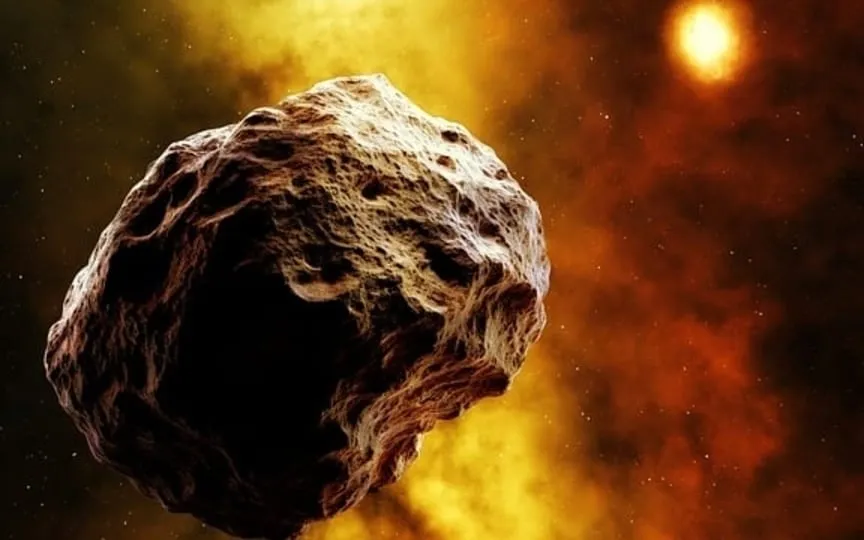NASA Unveils Details of Boeing 777-Sized Asteroid Heading Towards Earth
NASA is dedicated to monitoring and researching asteroids, particularly those that pose a potential threat to Earth. The agency goes to great lengths to enhance its understanding of these celestial objects. Recently, NASA accomplished a major feat by successfully retrieving a space capsule containing samples from Asteroid Bennu. These valuable samples were collected by the OSIRIS-REx spacecraft in 2020 and have now been brought back to Earth. This achievement represents NASA’s first-ever endeavor and success in obtaining samples from an asteroid.
The OSIRIS-REx spacecraft followed an extensive journey of more than 4 billion miles to reach the asteroid Bennu and then return to Earth. It carried out the release of the sample return capsule on September 24. This capsule contains approximately 250 grams of stones and various materials retrieved from Bennu. This valuable sample may provide crucial insights into fundamental questions about the origins of life on Earth and the early stages of our solar system.
NASA tracks other asteroids that visit Earth. Most recently, it has tracked an asteroid named 2023 SO5, which will approach Earth tomorrow. Read here to learn more about this newly discovered asteroid:
Asteroid 2023 SO5
This asteroid, named 2023 SO5, was first spotted by NASA on September 22. This asteroid is the size of a Boeing 777 and has a width of 74 feet. Its closest approach to Earth is estimated to be 4.96 million kilometers. It is expected to visit Earth on September 26. According to data provided by NASA, the relative speed of this asteroid is about 60,364 kilometers per hour.
Does it pose any threat?
Asteroid 2023 SO5 belongs to the Apollo asteroid group, which is considered a potentially dangerous family of asteroids. The Apollo asteroids, a cluster of near-Earth asteroids, are named after German astronomer Karl Reinmuth’s 1862 discovery of Apollo in the 1930s.
One notable example of an Apollo-class asteroid is the Chelyabinsk meteor that exploded over Chelyabinsk in the southern Urals of Russia in February 2013. This event injured more than 1,000 people due to glass flying from broken windows.
However, the size of this approaching asteroid is quite small, so it cannot be considered a hazardous asteroid. NASA calls asteroids “potentially hazardous” if they are within 7.5 million kilometers of Earth and are larger than 150 meters.
One more thing! We are now on WhatsApp channels! Follow us there to never miss any updates from the tech world. If you want to follow ReturnByte channel on WhatsApp, click here to join now!




